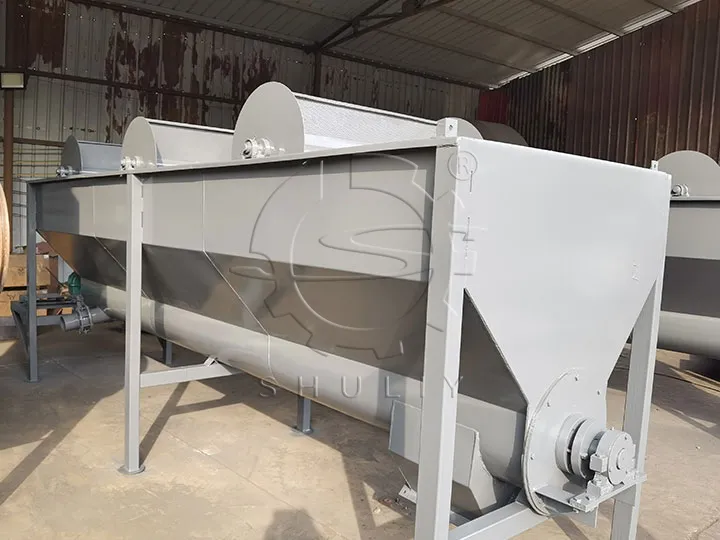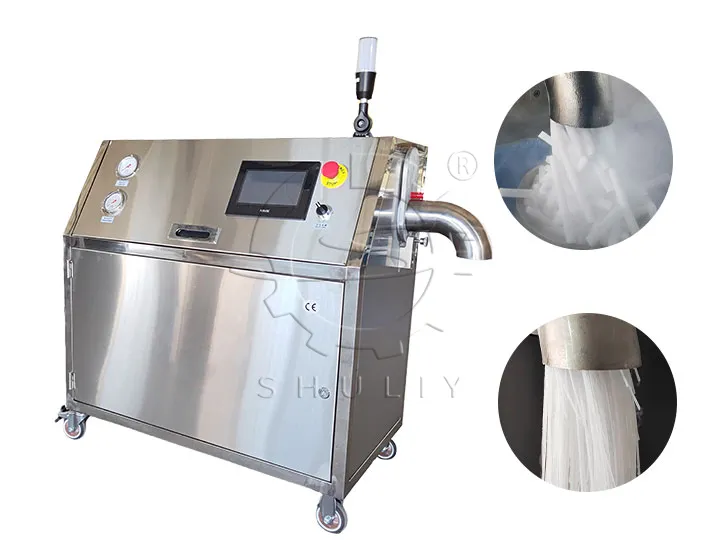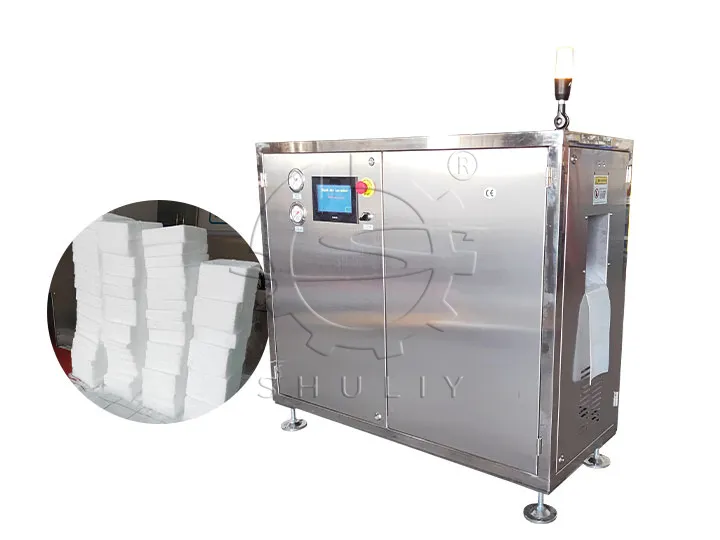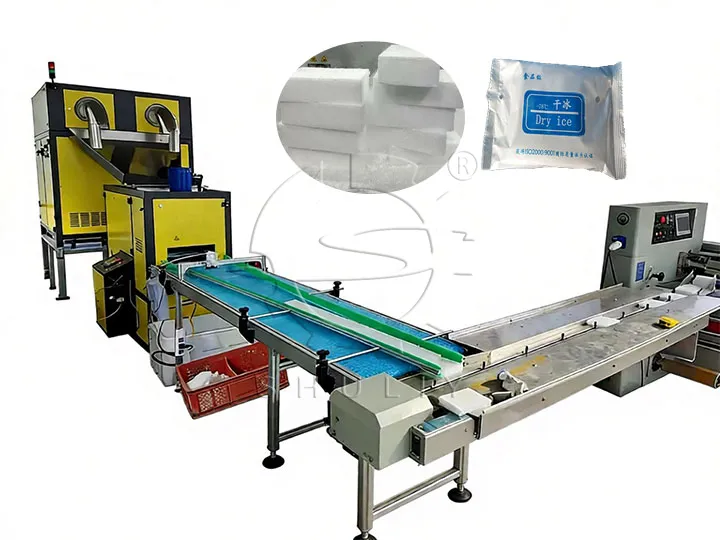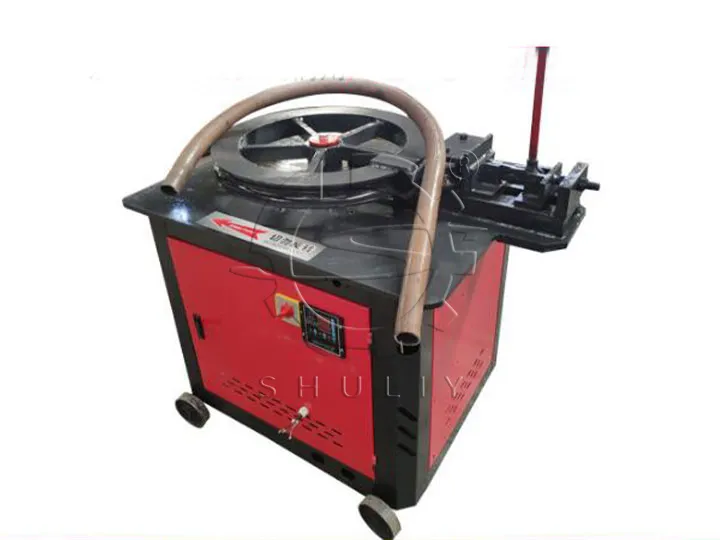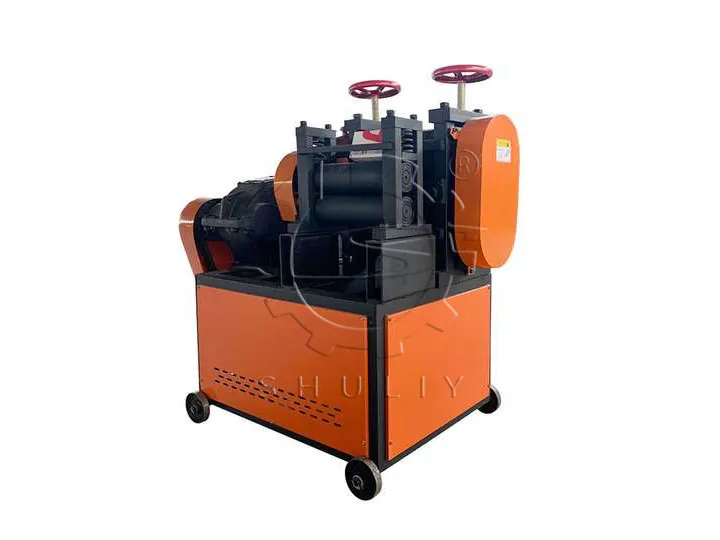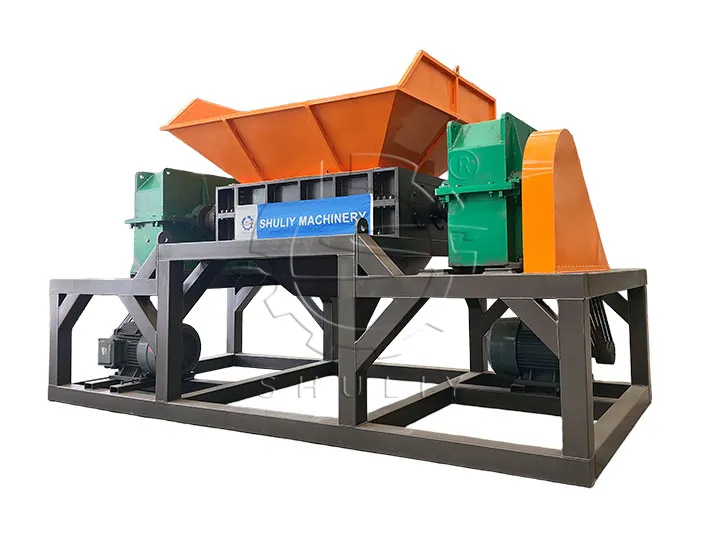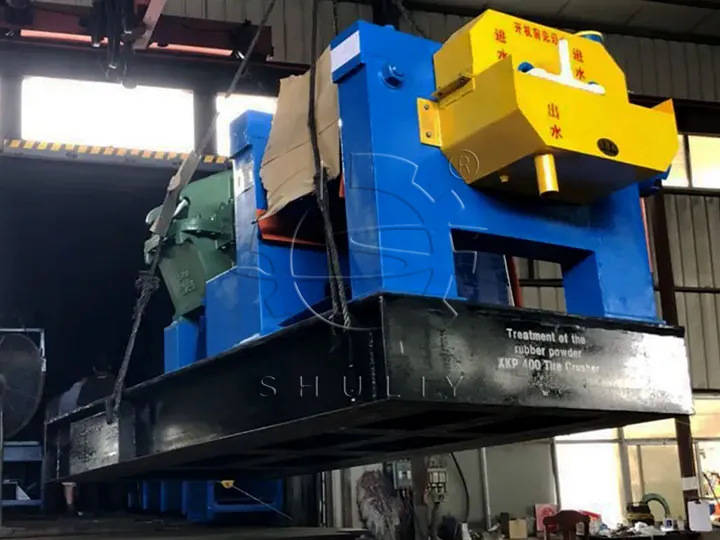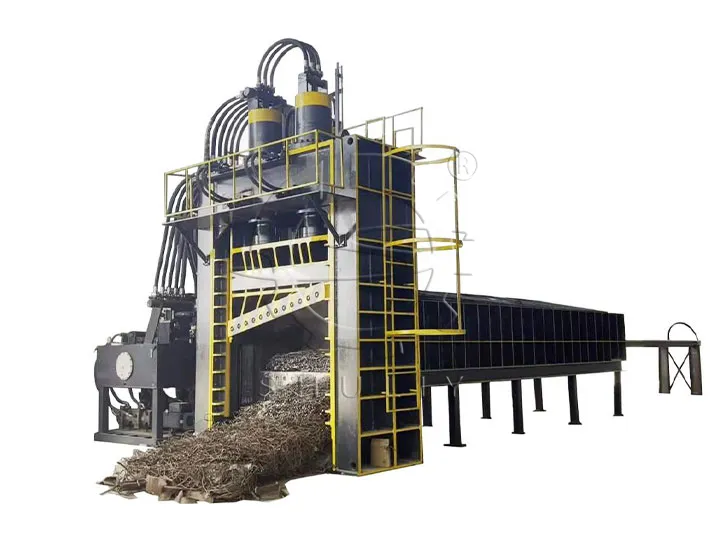In the PET bottle washing recycling line, the role of sink float plastic separation is crucial and it is an indispensable machine. In this paper, we will take a closer look at the working principle of the plastic float sink tank and its applications to deepen our understanding of this technology.
Basic Principle Of Sink Float Plastic Separation
The float sink plastic separation adopts water as the medium and utilizes the density difference between plastics to achieve separation. Specifically, the equipment is mainly used to separate PET bottle flakes from PP, PE caps, or labels. When PET bottle flakes enter the sink float separation tank, as PET plastic is denser than water, it will sink to the bottom of the tank, while PP and PE will float on the water surface, thus achieving effective separation of plastics.

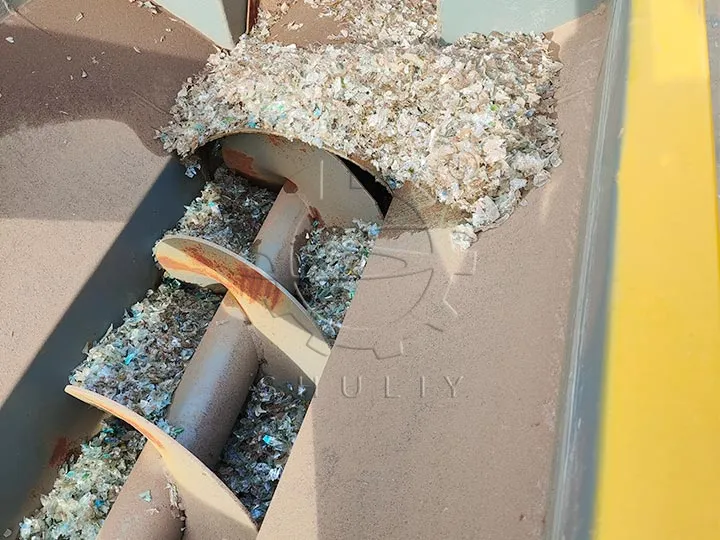
Work Steps In Detail
- Plastic drop-off: Waste plastic enters the sink float plastic separation through a specific channel and begins the separation process.
- Density separation: In the presence of water, the PET plastic sinks to the bottom of the sink, while the PP and PE float to the surface, creating a clear stratification.
- Conveyor mechanism: For further processing of PET plastics, a conveyor mechanism with a screw at the bottom is designed to convey the PET bottle flakes forward for the subsequent processing steps.
Applications and Advantages
The sink float plastic separation can be used not only for recycling PET but also for a wide range of other plastics and impurities separation processes. Its application scope covers many aspects of the plastics recycling field, providing a feasible solution for the efficient treatment of waste plastics.
